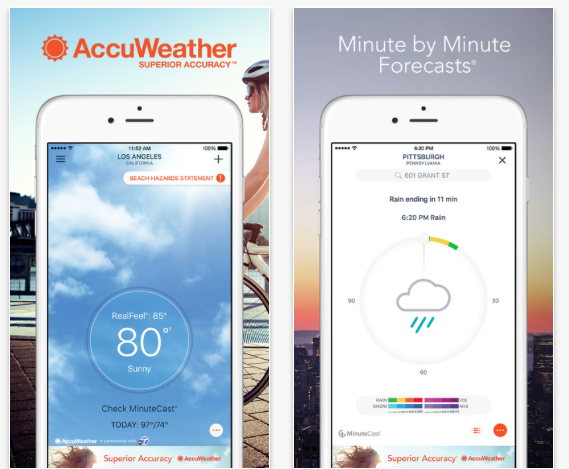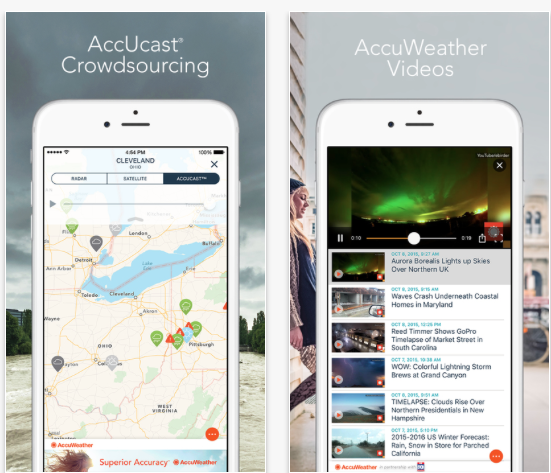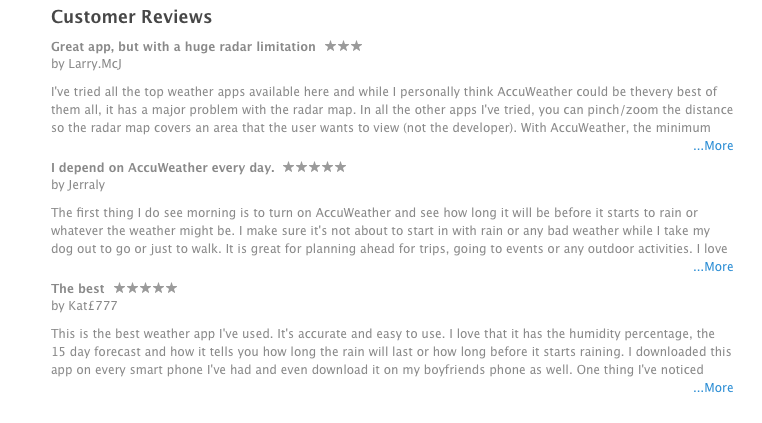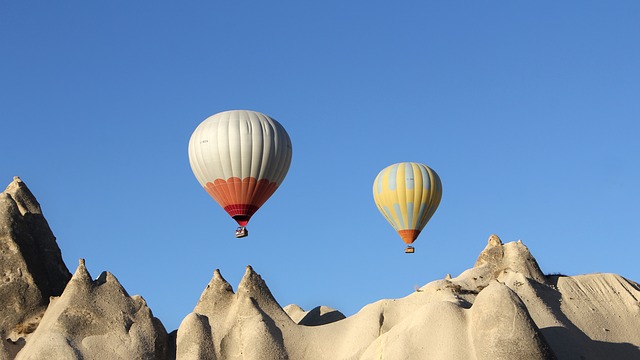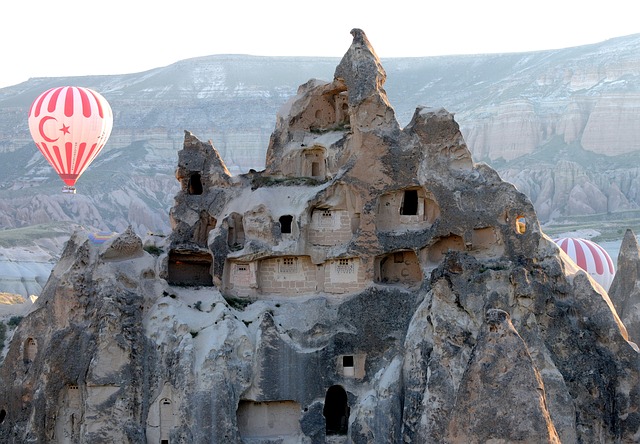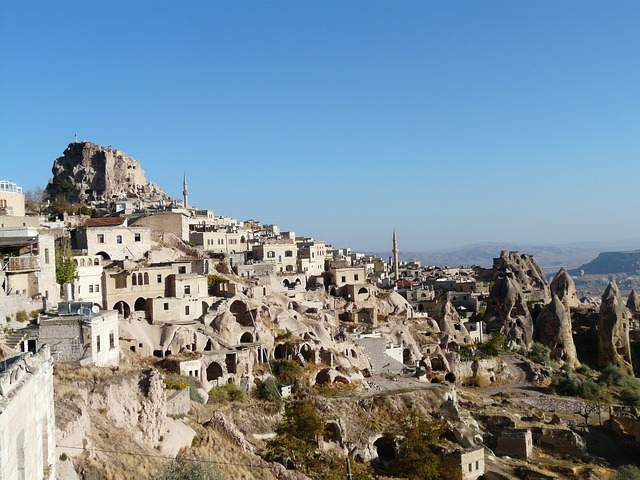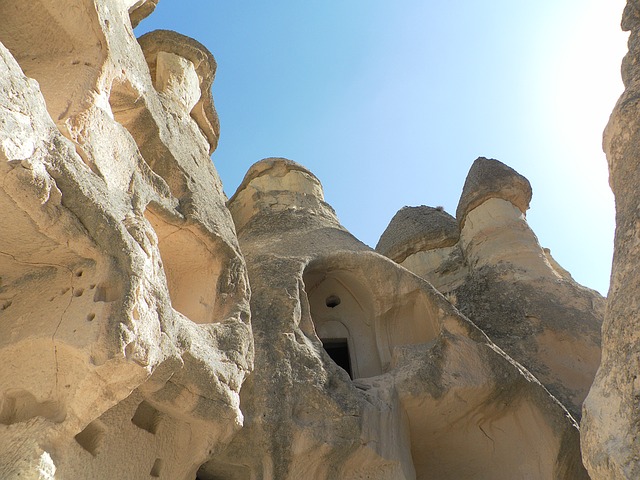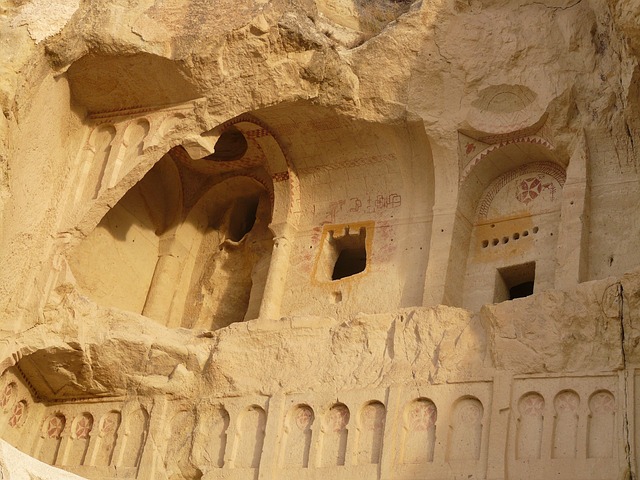Pack light, move fast, see more than most would on a hiking holiday. Fastpacking is fast becoming the way to enjoy an outdoor adventure – even for those who don’t have trail running experience. The principles are simple, and there are even holiday companies headed by experienced runners just waiting to take you on an adrenaline-fuelled adventure. Intrigued? Read on to find out what it’s all about…
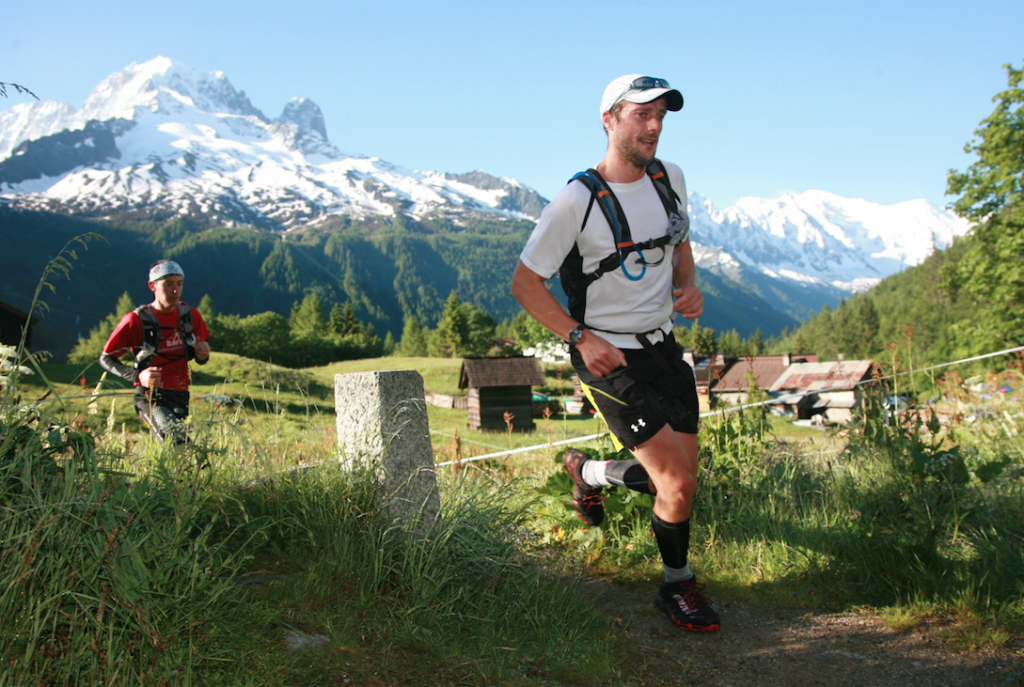
Image Courtesy of Run the Wild © Simon James
What is fastpacking?
Think fast backpacking, think endurance trail running, think about covering a day-long hike before it’s even brunchtime. Fastpacking is all about covering ground quickly, which means you get to see more over the course of your holiday. To do this, you have to pack light – you need to be able to run with everything you need to survive.
How fit do you need to be to fastpack?
It depends on what adventure you are hoping to go on! Run the Wild say they have a running adventure for everyone – for those who are starting out, right through to pro packages. Their bespoke guiding service means that all abilities can be catered for, from those who have never run before to runners just looking to elevate their technique. While you don’t have to have done much running before, they advise that to take part in their scheduled adventures, it does help if you can run at least 10km, and for more challenging adventures they like to have a chat about your experience and ability to ensure that you get the best out of your trail running adventure. They also host “technical series” events, which are aimed at improving understanding on all aspects of trail running through demonstration and instruction.
Fastpacking packing tips
The key to having an enjoyable journey is keep your kit lightweight, simple, but sufficient for survival – including in the event of an emergency! Pack weight is vital – you need to be able to run!
• Lightweight waterproof day sack – 10 to 30 litres depending on the length of your adventure. Get one with a breathable mesh back, side pockets for storing energy-boosting snacks to eat on the go, and with an integrated hydration system. Sternum and waist straps are essential to keep your pack secure while you run!
• Layered clothing – The number of layers will depend on your destination, but do invest in quick-drying base layers, a warm but light longsleeve top, and a breathable jacket. Spare socks and a woolly hat might seem like an extravagance when packing light, but you’ll be glad of them when you relax at the end of the day.
• Food – What you pack depends on whether you’ll be cooking. Lightweight foods such as pasta and cous cous coupled with compact proteins such as tuna and nuts are a good option. Always pack some herbs as they can transform the taste of a dish and will add nothing in terms of weight to your pack. Pack some high-energy snacks to eat as you run too. P.S. Don’t forget your water!
• Shelter – Pack an ultra-light tarp shelter and a sleeping bag. Make sure you go for lightweight products, but ones that that will stand up to the elements you’ll be facing.
• Essential Accessories – First aid kit, pocket knife, head torch, whistle and mirror (for SOS situations), compass, lighter, ziplock bags (for carrying any waste away with you), repair tools such as duct tape or rope. Pack a water purifying system such as a Lifestraw, Lifesaver, or Aquimira so that you can hydrate healthily should your own supply run out.
• Travel Insurance – Any adventure that takes you off the beaten track (even if it is a well-worn path) requires adequate travel insurance. Trail running carries more risks than a casual hiking holiday, and your policy is the thing that will get you the urgent medical care you need, and back home safely without breaking the bank.
Fastpacking Etiquette
Before your journey make yourself familiar with the 7 principles of Leave No Trace (LNT). It provides information on how to be a responsible wild camper, from how and where to light a fire, wash yourself, and go to the toilet through to how to cover ground in pristine areas to minimise your impact on the local environment. It is worth noting that non-runners also use these trails, and will appreciate a little courtesy when it comes to passing on a path.
Best Places for A Fastpacking Holiday
Easy – the wilderness, and places with well-maintained long-distance footpaths – New Zealand is an excellent example. Countries that support a good network of paths with rest huts and campsites are great for fastpacking too – these can be found in just about any climate that you want to explore from Canada to Columbia, Japan to Germany, and everywhere in between!
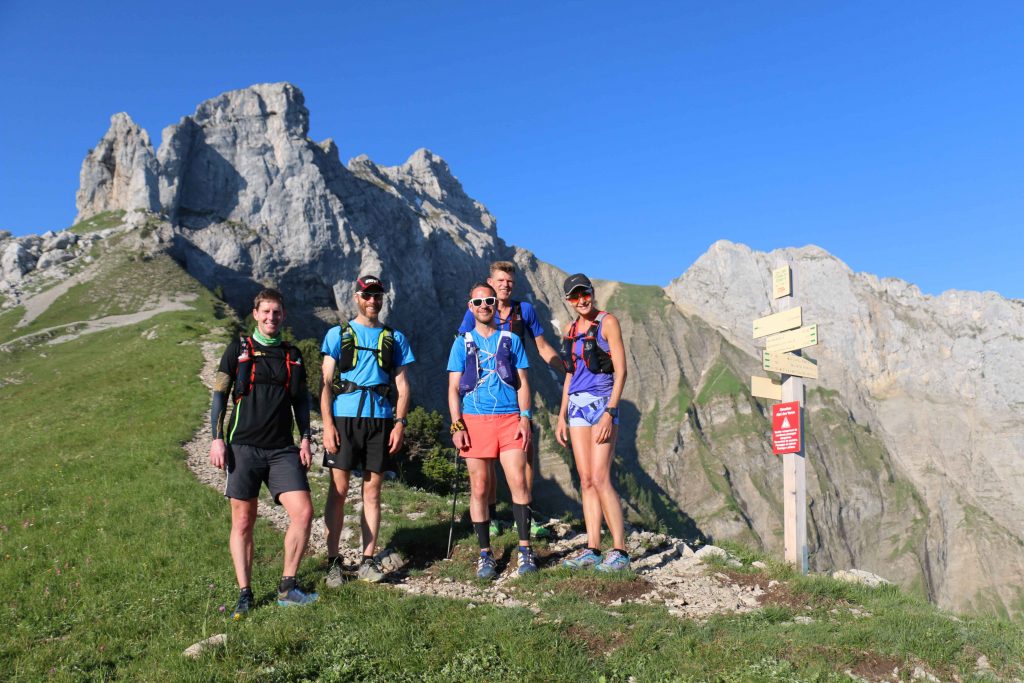
Image Courtesy of Run the Wild © Simon James
Like the idea of a trail running holiday but want to hone your skills first?
Simon James, at Run the Wild says “Just try it! Trail running is such a great way to explore the wilder parts of the areas we live. Even living in an urban environment, parks offer a great place to get to experience the freedom that trail running involves.” They are also on hand to guide you on your fastpacking journey as they arrange trail running holidays in both the UK – Chiltern Hills – and France – near Chamonix in the French Alps.
“The Chilterns are just 30 minutes north of London and so very easy to access for most people who want to get into an accessible wild place, as an AONB (area of outstanding natural beauty) which is really hilly, it has a lot to offer! The Alps are on a whole other level, with glaciers pouring down towards the valley floors, and summits pushing up into the clouds, it really can take your breath away. Trail running here is addictive and once you have tasted it you will want to come back for more! The Tour du Mont Blanc is one of our more popular longer distance trails, circumnavigating Mont Blanc in around 6 days.”
 Do you have a tough time deciding where to go and what to do on holiday? Imagine that all of that is decided for you in just one click. You’ve just imagined LuckyTrip, the most simple and perfect holiday planner on the planet!
Do you have a tough time deciding where to go and what to do on holiday? Imagine that all of that is decided for you in just one click. You’ve just imagined LuckyTrip, the most simple and perfect holiday planner on the planet!
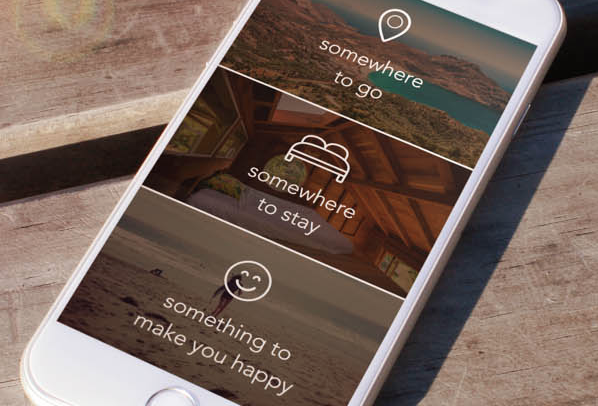


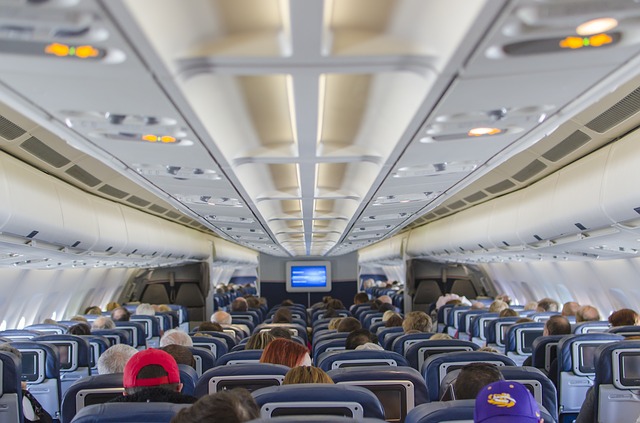



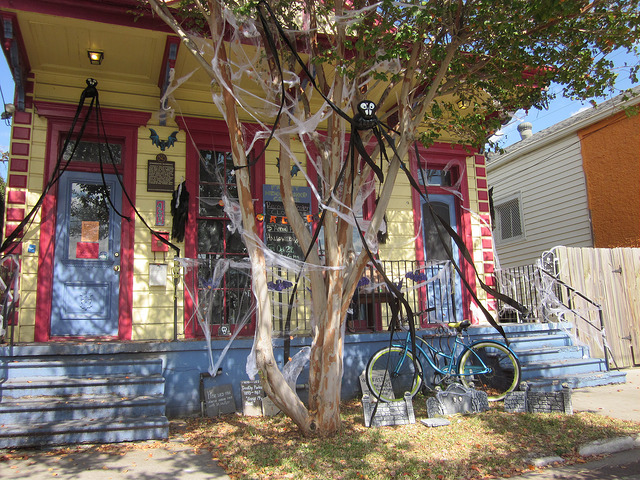


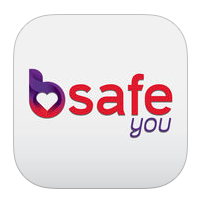 Following on from our theme earlier this month of travel safety, we thought it would be timely to feature a personal safety app. Introducing bSafe, a FREE app designed to keep you safe when you might feel at your most vulnerable.
Following on from our theme earlier this month of travel safety, we thought it would be timely to feature a personal safety app. Introducing bSafe, a FREE app designed to keep you safe when you might feel at your most vulnerable.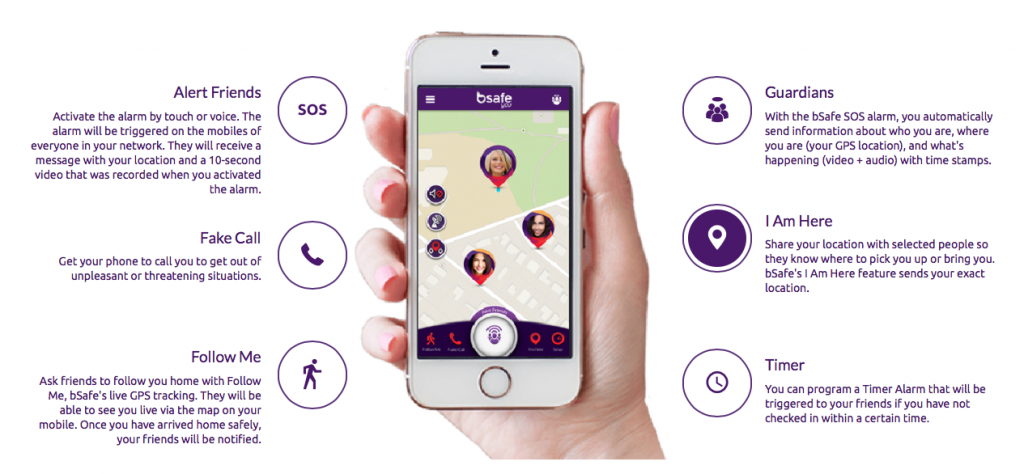 What makes bSafe the app of choice for travellers?
What makes bSafe the app of choice for travellers?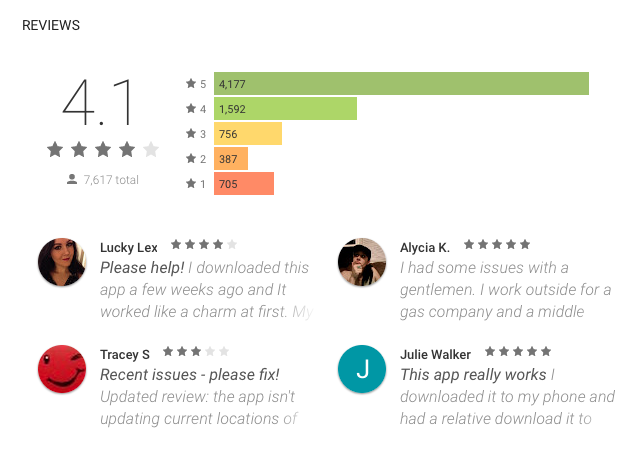
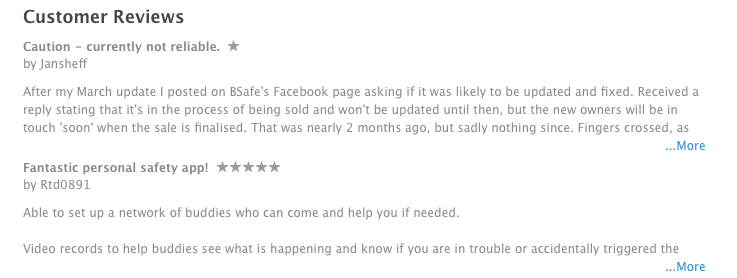




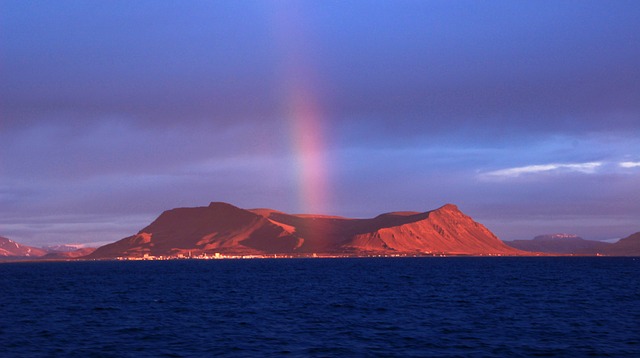
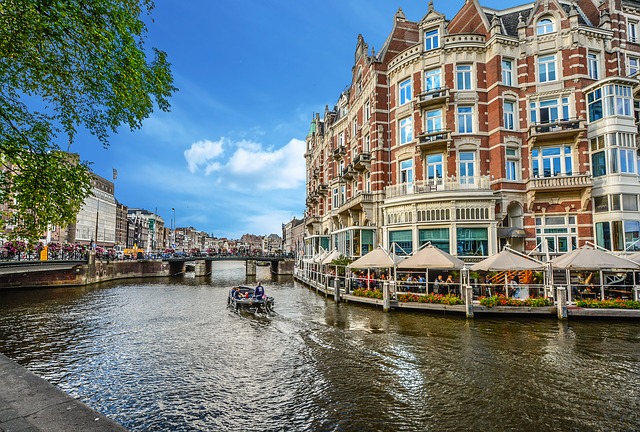
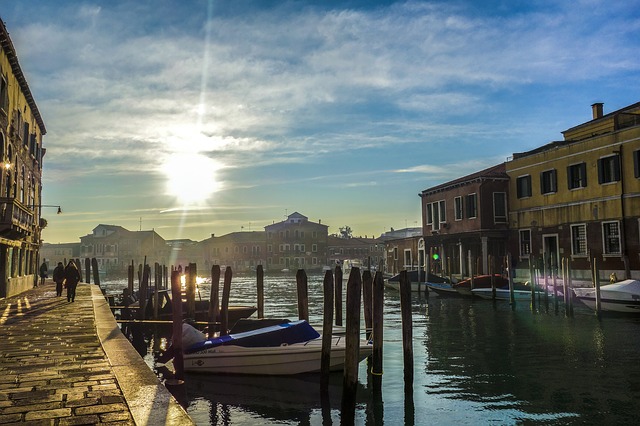
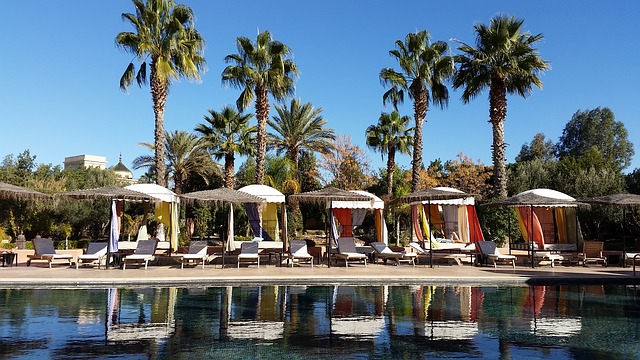
 This award-winning weather app uses crowd-sourcing data and delivers minute by minute updates, making it the most accurate weather forecast app out there.
This award-winning weather app uses crowd-sourcing data and delivers minute by minute updates, making it the most accurate weather forecast app out there.